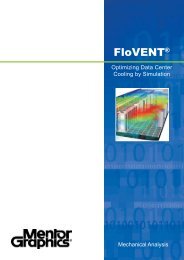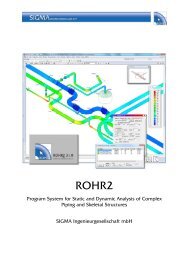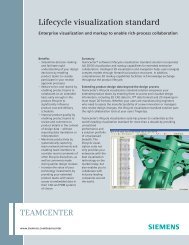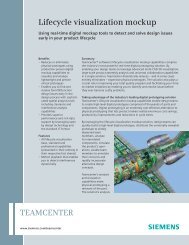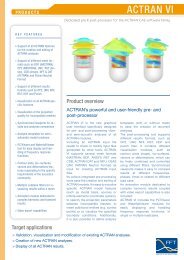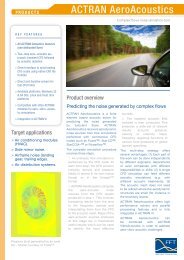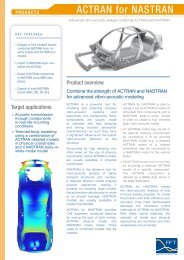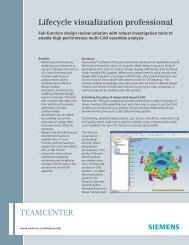2012 Baja SAE Rules
2012 Baja SAE Rules
2012 Baja SAE Rules
You also want an ePaper? Increase the reach of your titles
YUMPU automatically turns print PDFs into web optimized ePapers that Google loves.
B6.4.2 Transponder mounting requirements:<br />
A. Orientation – The bracket must be mounted vertical to the frame in the orientation shown in the photograph and<br />
oriented so the transponder number can read “right-side up”.<br />
B. Location – The transponder must be mounted on the driver’s right side forward of the seat and preferably<br />
within the lower horizontal plane of the front suspension. The transponder must be no more than 61 cm (24 in)<br />
above the track.<br />
C. Unobstructed – There must be an open, unobstructed line between the antenna on the bottom of the transponder<br />
and the ground. (Do not mount the transponder inside the vehicle if sight line is obstructed.) Metal and carbon<br />
fiber may interrupt the transponder signal. The signal will normally transmit through fiberglass and plastic. If<br />
the signal will be obstructed by metal or carbon fiber, a 10.2 cm (4 in) diameter opening can be cut and the<br />
transponder mounted flush with the opening.<br />
D. Protection – Mount the transponder where it will be protected.<br />
B6.5 Transponder Black Flag<br />
If, for any reason, a vehicle’s transponder is not being received by the timing system, the vehicle could be black flagged<br />
for transponder repair, relocation or replacement.<br />
ARTICLE 8: ROLL CAGE<br />
B8.1 Objective<br />
The purpose of the roll cage is to maintain a minimum space surrounding the driver. The cage must be designed and<br />
fabricated to prevent any failure of the cage’s integrity.<br />
B8.2 Lateral Space<br />
Minimum space is based on clearances between the driver and a straight edge applied to any two points on the roll cage.<br />
The driver’s helmet shall have 152 mm (6 in.) clearance, while the driver’s shoulders, torso, hips, thighs, knees, arms,<br />
elbows, and hands shall have 76 mm (3 in.) clearance. Clearances are relative to any driver selected at technical<br />
inspection, seated in a normal driving position, and wearing all required equipment<br />
For any member to be a part of the roll cage, that member must conform to B8.3.1, otherwise it is assumed to have no<br />
contribution (a-arms are an example of members which do not conform to B8.3.1)<br />
If there are any triangulating members joining the SIM or the RHO to the vertical members of the Rear Roll Hoop<br />
(RRH-B8.3.2), and these triangulating members conform to B8.3.12, then the virtual side surfaces may be extended by<br />
an outboard crease over the triangulating members.<br />
The driver’s helmet shall have 152 mm (6 in.) clearance to the side surfaces.<br />
The driver’s shoulders, torso, hips, thighs, knees, arms, elbows, and hands shall have 76 mm (3 in.) clearance to the side<br />
surfaces.<br />
19<br />
© <strong>2012</strong> <strong>SAE</strong> International. All Rights Reserved. Printed in USA. <strong>2012</strong> <strong>Baja</strong> <strong>SAE</strong> <strong>Rules</strong>




